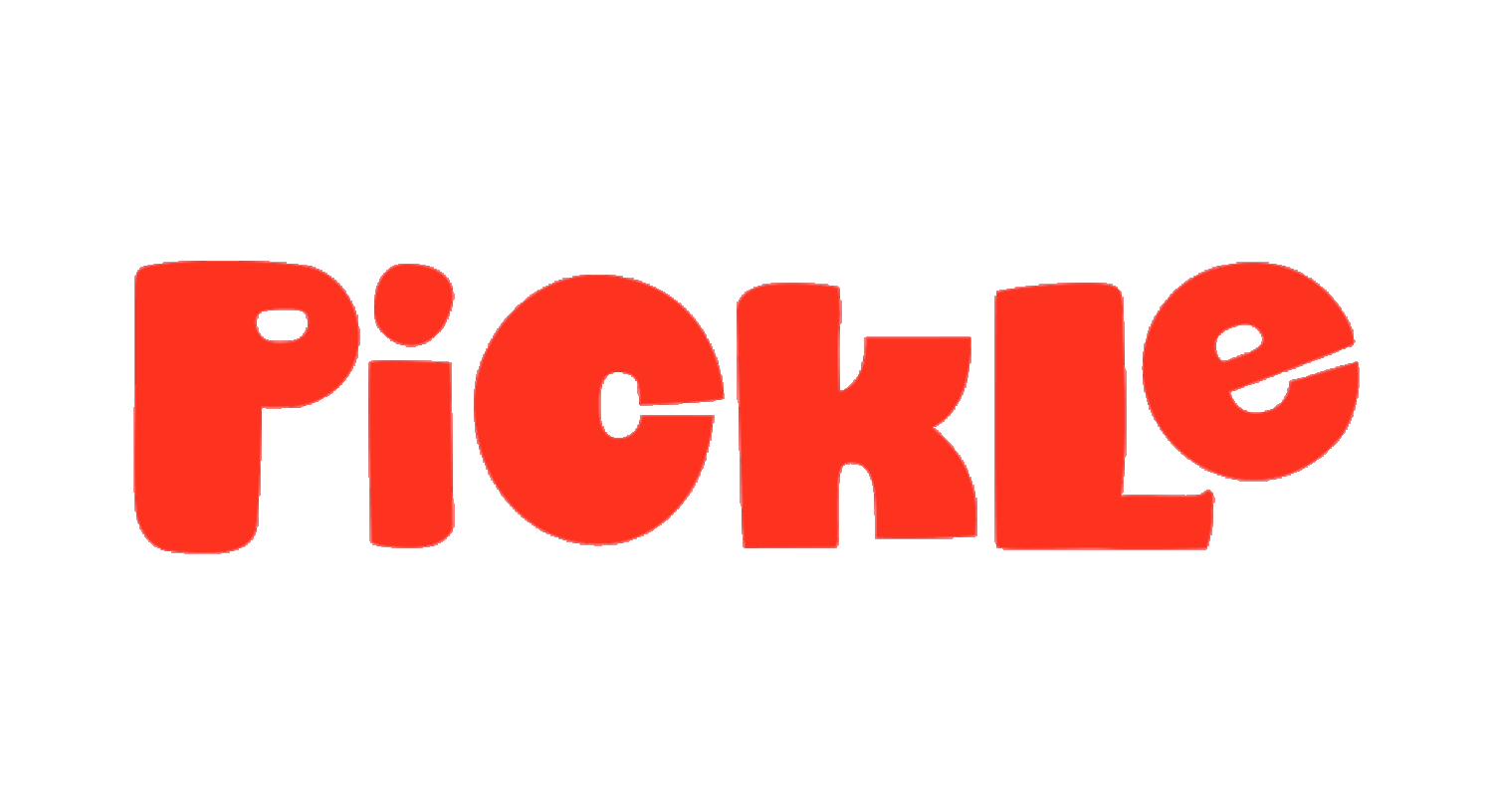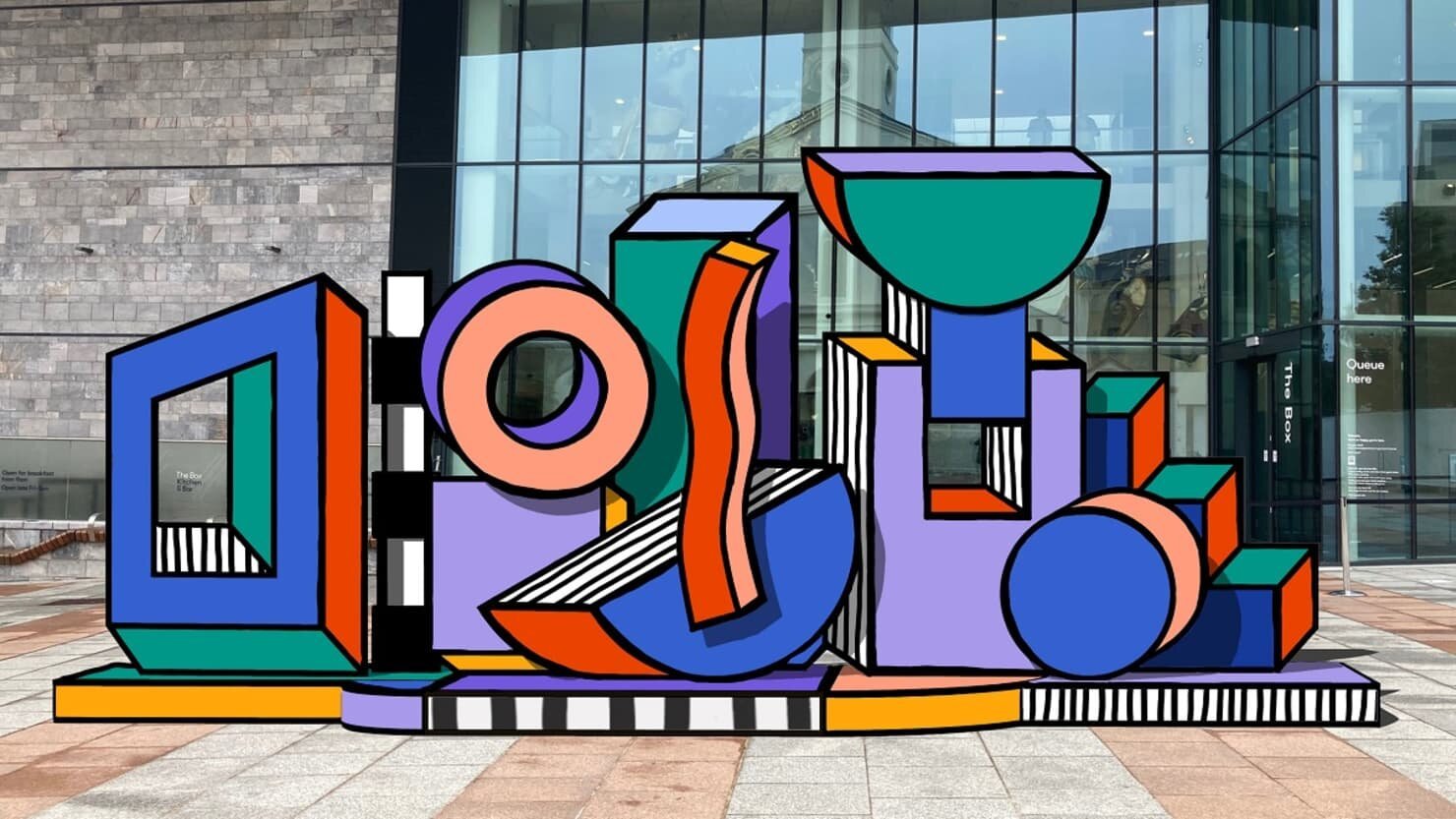Alter Projects on How to Create Disruptive Public Art with Meaning - Pickle Chats
Last month (on possibly one of the hottest days of the year) we had the ultimate pleasure of talking with Anne-Laure, founder of Alter projects which she has been running for 7 years. Alter projects are global curators, creative place-makers and producers, working with an array of amazing artists to create glorious pieces of public art all round the world. We caught up with Anne-Laure from her co-working space in London, over video chat. With her cheeky pup Winston making a few appearances throughout the call, we delved into how Alter projects came about as well as the best ways to create a successful piece of public art.
Could you describe the journey you went on to create Alter Projects?
My background is a bit different, I pursued an International Business degree, so I have the ‘left brain, right brain’ situation. After my studies, I went on to work for an agency for nearly 15 years, then back and forth between big agencies in advertising and design between New York, London and France.
I realised more and more of my clients were coming to me saying they wanted to partner with artists. When working with artists via creative directors, it seems as though everyone ends up getting annoyed; artists were not getting paid properly and it wasn't a smooth process. At the time there was a niche proposition to be the type of curator that matched businesses with artists. We ended up blending the strategic with the creative, working with an institution or brand going through that first phase which is about what we want to create, and how we create an impact.
“For me the word ‘disruptive’ also has to be relevant. If you do something disruptive for the sake of it, it doesn’t work”
Can you tell us more about your most recent project with Camille Walala and The Box and how you got involved with it?
The Box approached me because they saw what we did with Wander Art in London. They’re quite new, super ambitious and doing amazing work in Plymouth. They want to have more programming and public arts rotation throughout the city, as well as in front of the museum, we could create something bespoke for them. The brief was something vibrant and that just screams Camille. It was quite a fast turnaround, 3 month in fact (when they’re usually 6) but it all worked well as Camille was able to fit it into her schedule and it just worked as if it was meant to be.
You talk about creating ‘disruptive’ work, how do you define this and do you feel public art sometimes needs to be disruptive in order to be noticed?
For me the word ‘disruptive’ also has to be relevant. If you do something disruptive for the sake of it, it doesn't work. You usually end up with an irrelevant project because people don't have enough time or the curators are only interested in the visuals instead of what is relevant. What we do might disrupt, and trust me, what we did in Mayfair was highly disruptive as it stood out from the more traditional sculpture that the area is used to, but also it worked because of the quality storytelling which fit with what Mayfair stands for. It's a key thing for placemaking, you need to look at history and the people living there and then build something. You can’t be disruptive without having foundation, otherwise it makes your work irrelevant to the people and spaces it is going to interact with.
How do you find clients that are willing to take the risk to create work that's disruptive?
I always approach people I want to work with. I do my research and see who is doing something cool, or if I’ve read an interesting article on what they want to create I then send an email. But there's also a lot of people emailing me, saying that they’ve seen my work. What is important to us is to know we have the same values and ethos as the client. We are all about the teams, the vision and the people. Regarding working with big brands, in the end people don't like feeling like they’re being sold to. I worked with BMW Mini in New York for 3 years and I have so much respect for them. Nowhere you would see the brand name or the car. It was 3 years about the ethos and what they stood for before even talking about the car. They just got it.
“Surround yourself well and don’t pretend you know everything. ”
Does it take much convincing to get clients on board with an idea?
Convincing is the hardest part, mostly because some people simply choose not to be convinced. Some people aren't necessarily creative therefore you need to find a way to convince by balancing creativity and numbers. Often you don't necessarily need big budgets to make something good and small wins can be better than waiting for the big budget and scale.
What do you consider as ‘successful’ public art and how do you gauge a project's success?
When it's been accepted by the community and our design peers. When people share photos on Social Media, take their family and tag us, that's the success. With the project with Camille in Mayfair, it was the first time we brought disruption into that area. At first, everyone within the street was like ‘there's no way in the world we will have that’. Then the more we talked about it they began saying ‘oh actually that's quite cool’ and then after the launch some of the residents were saying ‘So can I have my name on the bench?’
Do you have any tips for anyone trying to get their first project within the public art realm?
Surround yourself well and don't pretend you know everything. Getting a blend of a young artist and a good production company works, as the company can help the artist find something that works. Stick to your guns and be confident.
What's next for Alter Projects?
We have the Yuri Suzuki piece ‘Sonic Bloom’ on display soon. He's an amazing Japanese artist based in London, mixing art and sound. It's launching at the end of August. It’s a large scale interactive piece, and definitely something to look out for.
Thank you so much Anne! We can’t wait to follow along with all your future public artworks and projects.






